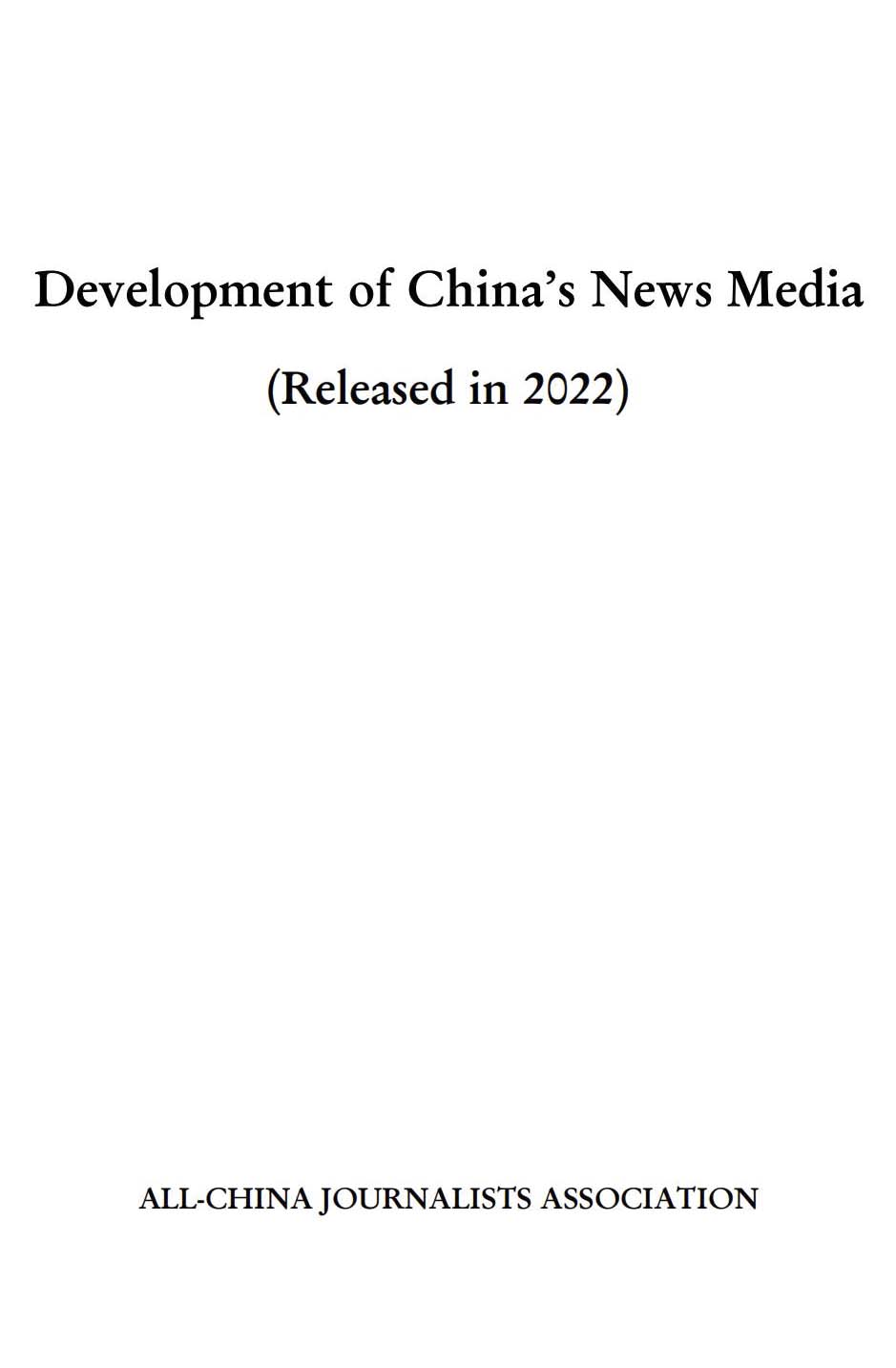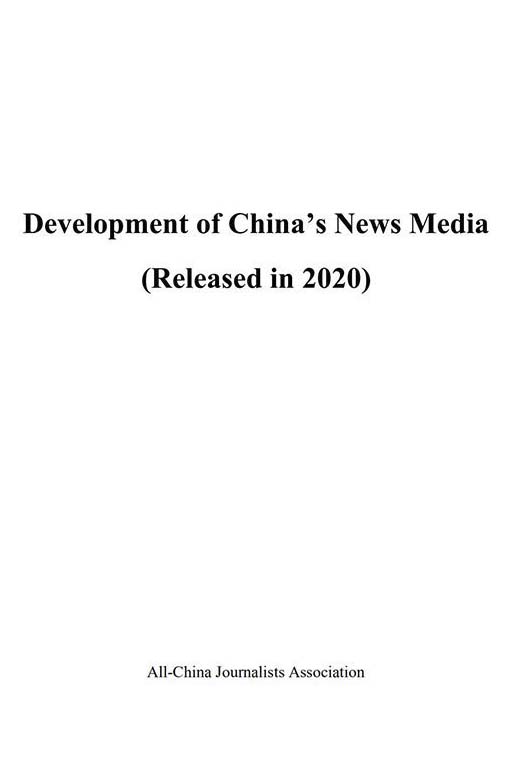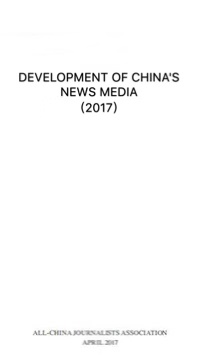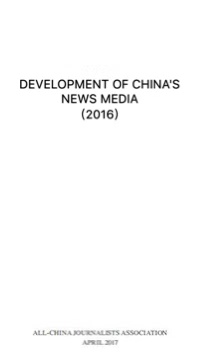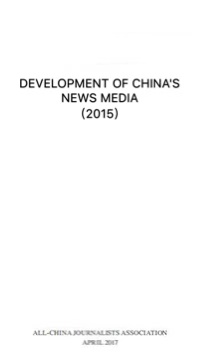Editor's note: Hannan Hussain is a security analyst at the South Asia Centre of London School of Economics. He is also an international affairs commentator for The Diplomat, a leading foreign policy magazine based in Washington. The article reflects the author's opinions, and not necessarily the views of CGTN.
A letter co-signed by three leading U.S. newspapers, The Wall Street Journal, The Washington Post and The New York Times, was sent to Beijing last week, alleging that China's decision to expel journalists was "uniquely damaging and reckless." The administration of U.S. President Donald Trump followed up with official support. But facts state a different story.
In truth, Washington's sustained discrimination against Chinese journalists and media entities over the past two years and its justification of sensational headlines that target the suffering of Chinese citizens constitute the basis for China's actions.
The papers' refusal to attribute proportional criticism to the Trump administration, despite global condemnation for the "Wuhan virus" and "Chinese virus" remarks, adds to the politicization of a global pandemic.
All of these considerations were consciously kept out of the letter, and the Chinese Foreign Ministry is correct to state that the media agencies should have brought their complaints to the U.S. government instead.
Three ethical choices help distinguish the U.S. media's recent course on COVID-19 from that of the Chinese press, laying bare the contentious choices made by the former.
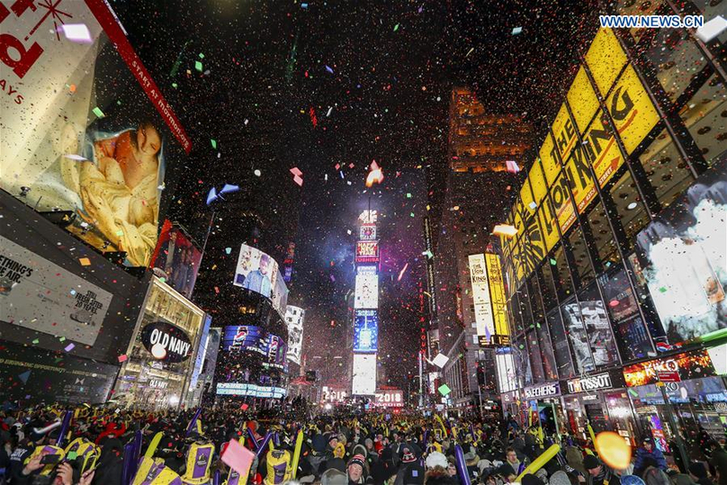
People attend the New Year celebration at Times Square in New York, the United States, January 1, 2018. (Xinhua photo)
Rap-sheet approach
The U.S. press sets the standard for critiquing China based on a "rap-sheet" approach: citing a set of statements and manufacturing the context around it. Three examples from the past seven days make the case.
The New York Times reported last Saturday that the Communist Party of China had contained the virus to affirm "the superiority of its system."
Days earlier, The Washington Post's coverage of the G7 stated that member states rejected the controversial "Wuhan virus" terminology in the U.S.-led joint statement because they considered it "needlessly divisive" and "sympathetic." They did not; there was a categorical consensus on why the G7 denied its support – the racial branding of this virus.
Thirdly, The Wall Street Journal ran a story this week, detailing the discrimination against Chinese-Americans on the Harvard University's campus. It reads that "Beijing complains" that Trump's use of such terms [Chinese virus] contributes to the "stigmatization of China." The story goes on, "It's hard not to notice this new hypersensitivity."
Not only does the article fail to cite the national and global consensus which accompanies Beijing's reservations, it is titled "Harvard's China Virus" – an implicit endorsement of the same racist sensationalism that drove WSJ journalists to expulsion.
In stark contrast to the rap-sheet approach, the Chinese press has built its case "in reaction" to the U.S. provocations. We are yet to witness a scenario whereby Beijing levels with Washington in the absence of U.S. provocation.
As political affairs columnist Conor Friedersdorf states in The Atlantic, "judging people by their rap sheets is reductively misleading.”
Targeting mutual interests
In their quest to get even with China, the American press has also dealt a series of blows to the universal cause of COVID-19 containment. Misleading comparisons between Chinese and American values, declaration of China as "an authoritarian regime," and attribution of the virus to Beijing have collectively fractured prospects of a Sino-U.S. common ground.
Interestingly, to America's domestic audience, its media advocates "greater collaboration" on COVID-19, criticizing the president for not "doing enough." They have questioned the government's testing delays, argued stronger inter-state coordination and amplified debates on economic continuity.
But globally, the same advocates have denounced COVID-19 cooperation with China. Chief commentators have called Beijing's COVID-19 gains as "sins of omission," propagated China's economy as a "virus-battered" enterprise, and even blasted its genuine measures as draconian – maligning a universal COVID-19 cause in the process.
The Chinese media, however, has maintained its consistency between domestic and global COVID-19 discourses. For instance, if it underlined the merits of a coordinated G20 response, it also reported that asymptomatic COVID-19 cases were on the verge of integration into China's national count.
The prospective integration – a massive benchmark for global transparency – was spun by The Wall Street Journal again, proving Dutch social scientist Florian Schneider's primary point: "Expelling journalists isn't primarily about journalism. It is a message both to the Donald Trump administration and to domestic audiences that China won't be bullied.”
Selective legitimacy
The way state authorities of China and the United States have treated each other's organizations is another painful contrast.
In the co-signed letter to China, there is no mention why Chinese media outlets were required to register as "foreign agents" in the U.S.
Even at the peak of China's COVID-19 containment efforts in February, the State Department designated five Chinese state media outlets as "Beijing operatives" – a move which the Chinese state never contemplated toward any U.S. media agency, let alone approved.
Thus, the American government's disproportionate role in its media politics and two separate standards for ethics and legitimacy compromise its claims in a self-initiated media war. Most compromising is the fact that the three U.S. media outlets in question, offer zero critique of this preferential treatment in their letter.
And therein lies the dichotomy.(Hannan Hussain)
